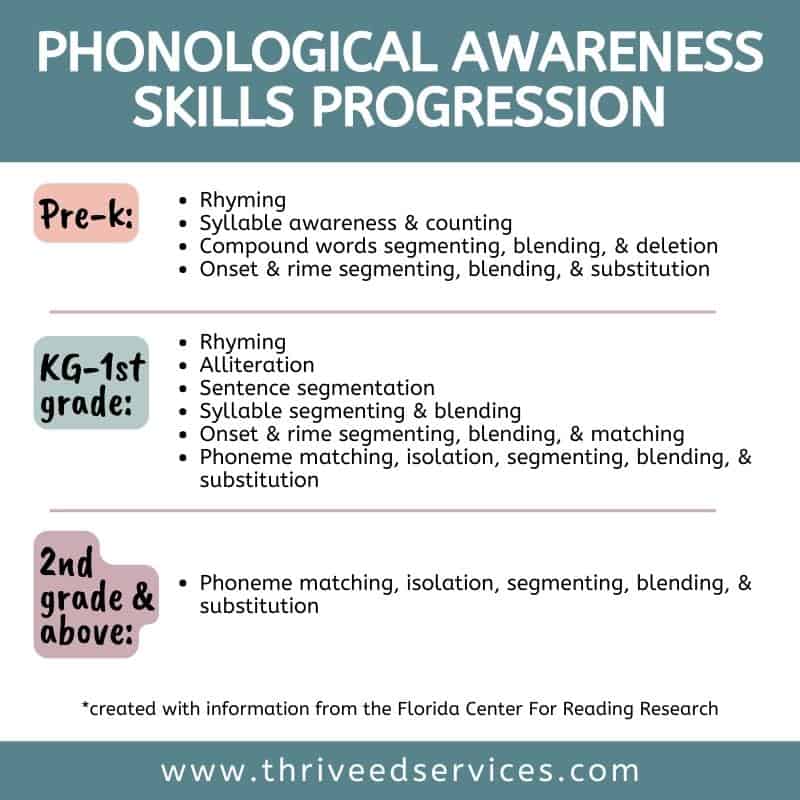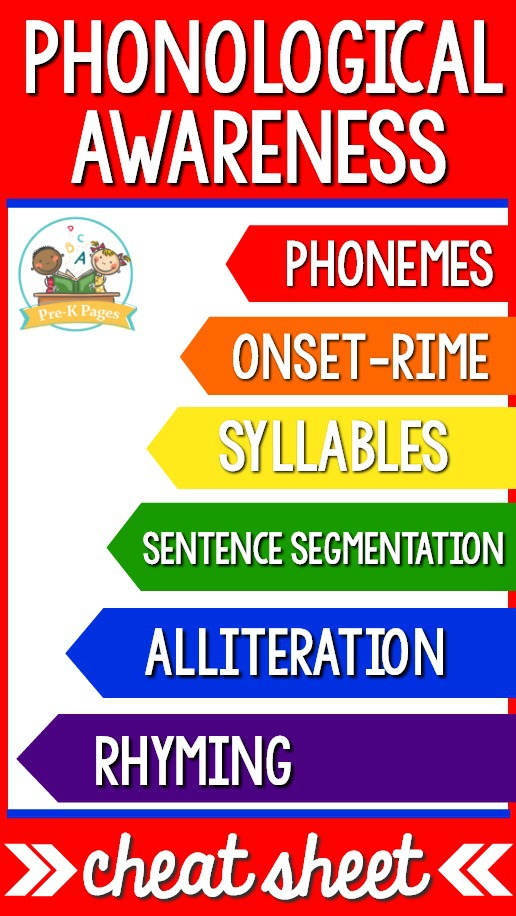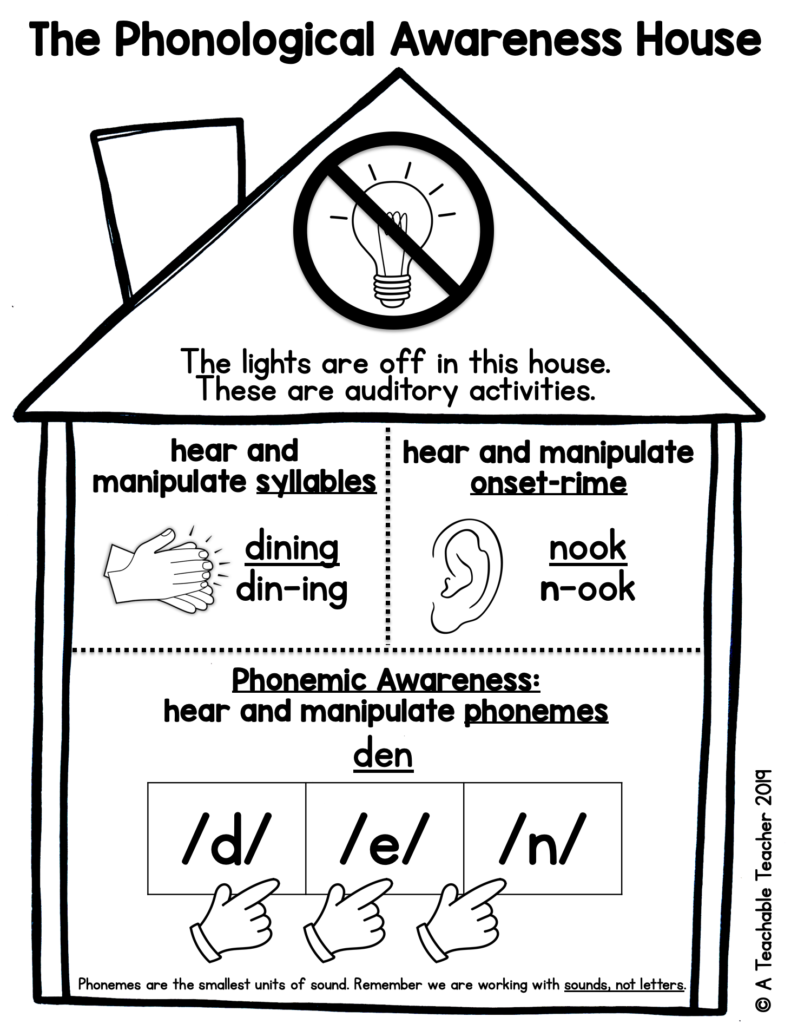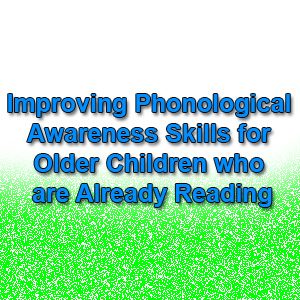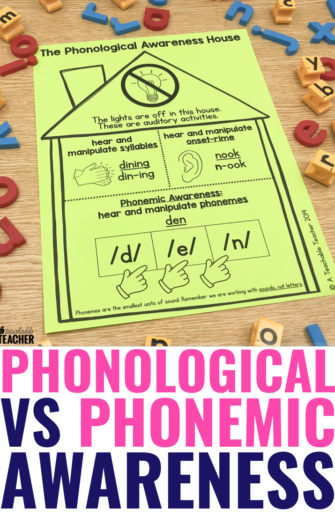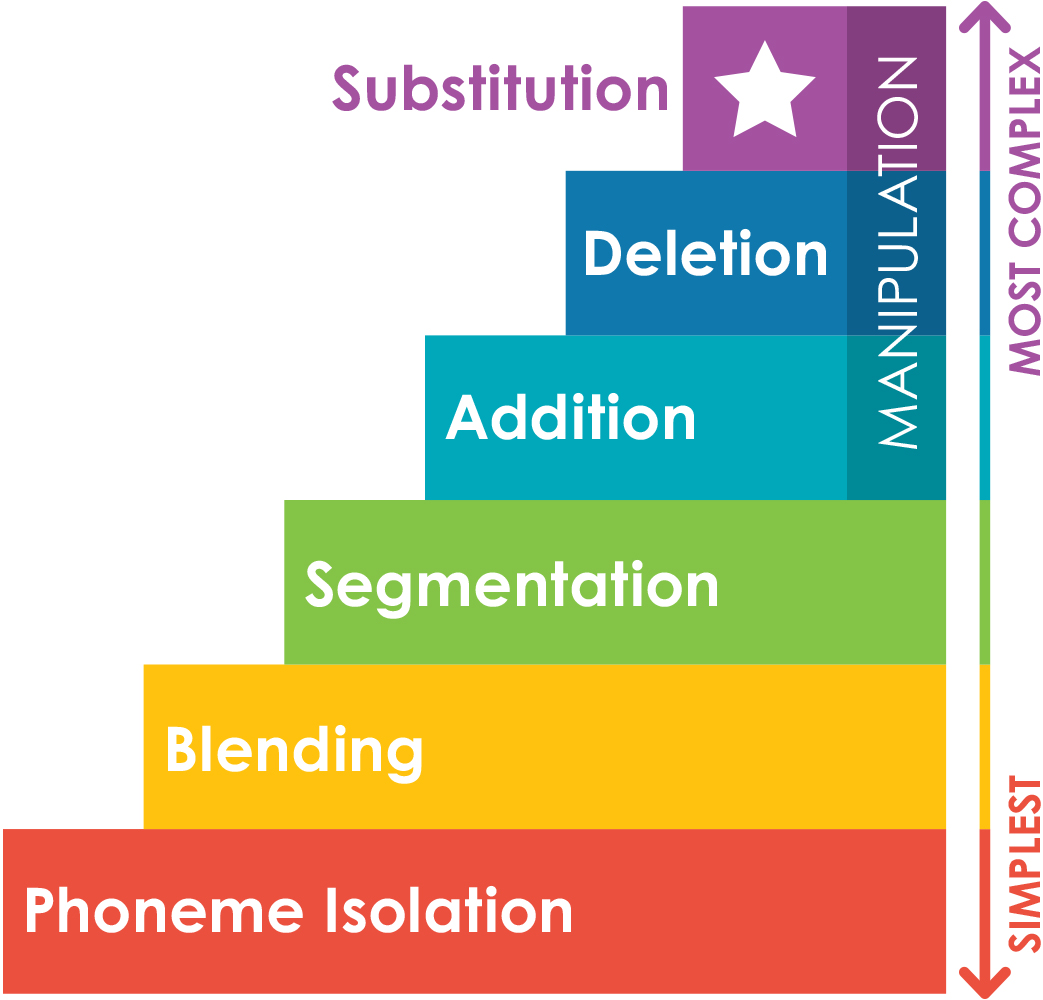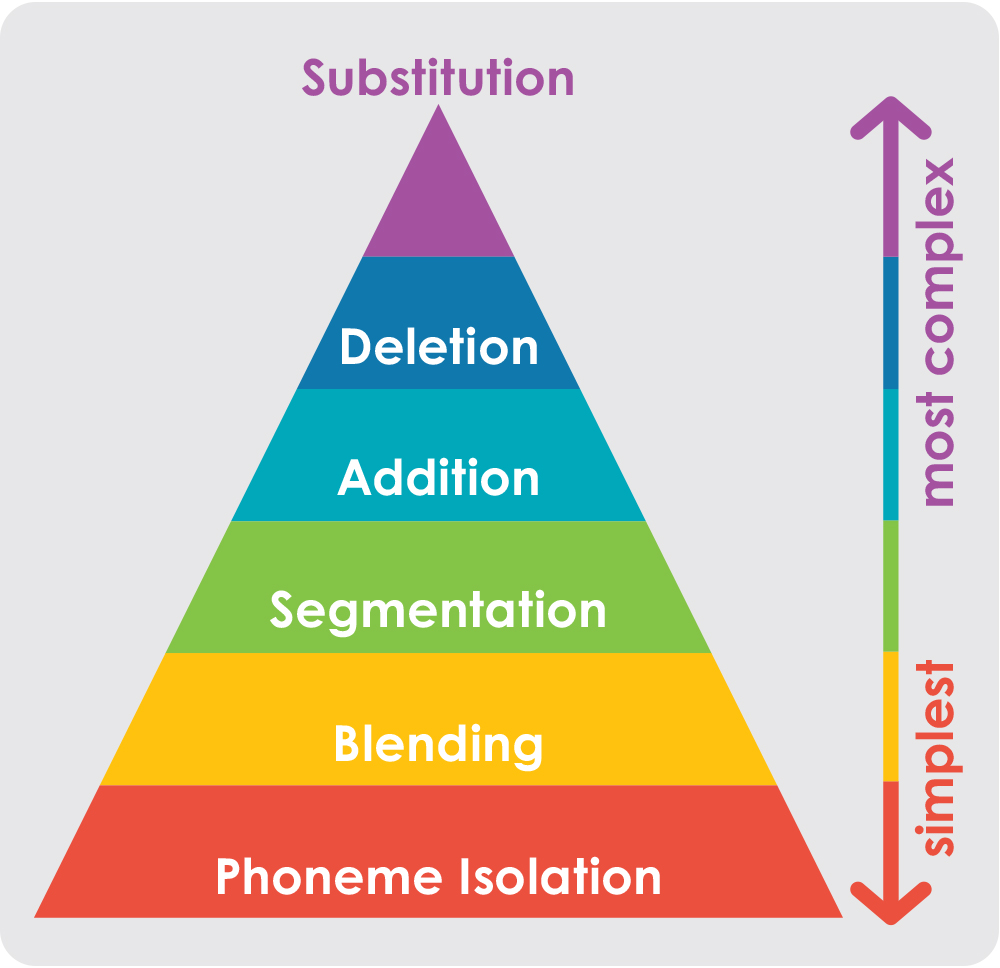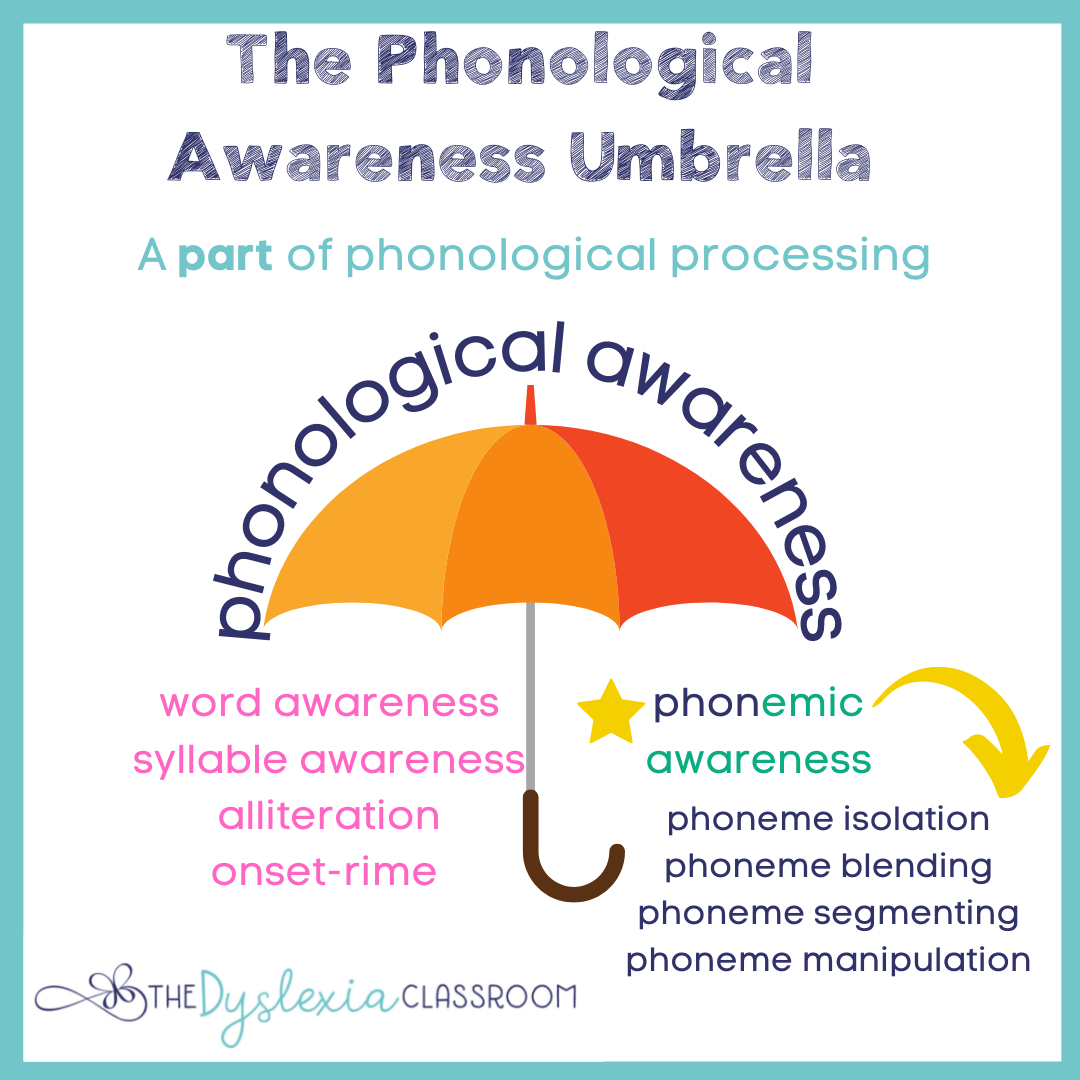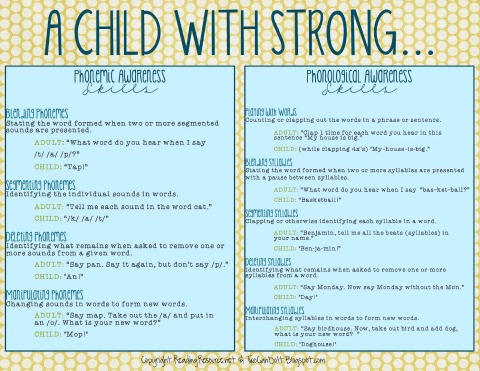Stunning Tips About How To Increase Phonological Awareness
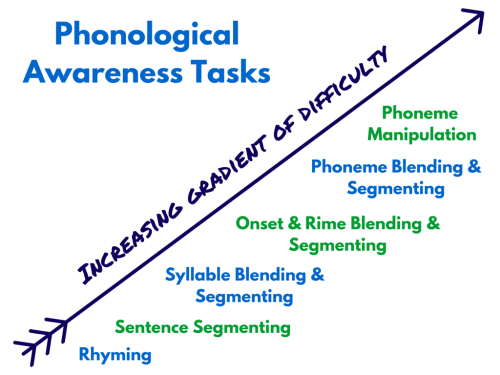
Phonemic awareness is part of a bigger picture called phonological awareness.
How to increase phonological awareness. Rhyming is one of the simplest and most effective ways to practice phonological awareness skills in class because it teaches students to hear sound patterns within words. If your child is a slow reader, decoding might still be a struggle. Teach your child nursery rhymes and read simple rhyming books with them.
Levels of phonological awareness , from the massachusetts dyslexia guidelines (resource) promoting phonological awareness in the classroom. There are various skills that can be targeted in speech and language therapy to improve phonological awareness. The process for developing phonological awareness is first identifying different sounds in speech, then.
Start with continuous sounds such as /s/, /m/, and. The child’s phonological process is palatal fronting, meaning that /sh/ is being produced as /s/. Remember, phonological awareness tasks need not be boring.
We can teach phonemic awareness to kids without any letters as it focuses more on making. If you’re having your child evaluated. Students will hear segmented sounds and.
Good phonological awareness starts with kids picking up on sounds, syllables and rhymes in the words they hear. Phonological awareness includes the awareness of speech sounds, syllables, and rhymes. How to increase awareness using sound placement on the word level.
What is the process for developing phonological awareness? Phonological awareness is composed of a continuum of skills that support students as they learn to read. In the design of phonological awareness instruction, the following general principles increase students' success (chard & osborn, 1998):


